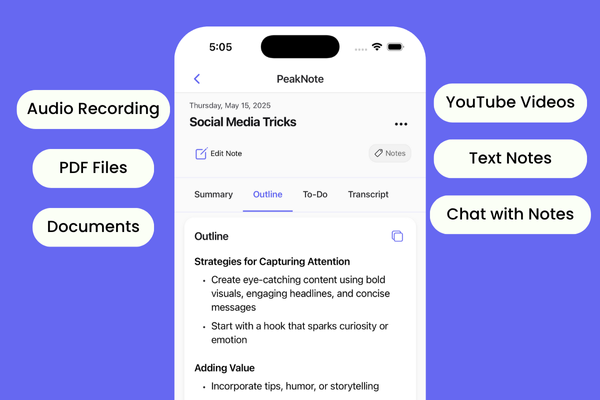Managing state effectively is critical for modern, complex React web applications. Top state management libraries offer robust solutions to organize and update application state consistently. This post explores the 7 best state management libraries for React, used by leading companies.
Discover their advantages, disadvantages, and use cases to make informed decisions for building scalable, high-performance React apps
1. Redux

Redux is a predictable state container for JavaScript applications. It follows a unidirectional data flow pattern and uses a single store to manage the entire application state.
Advantages: Redux promotes a consistent and predictable state management approach, making it easier to debug and maintain complex applications. It also provides excellent developer tools and a large community support.
Disadvantages: Redux has a steep learning curve, and its boilerplate code can be verbose, especially for smaller applications. It also requires additional libraries like React-Redux to work with React.
2. React Context API

The React Context API is a built-in state management solution provided by React itself. It allows you to share data between components without having to pass props down manually at every level.
Advantages: The React Context API is simple to use and understand, and it's built into React, so you don't need to install any additional libraries. It's great for managing global state or sharing data between components that are not directly related.
Disadvantages: The React Context API can become difficult to manage in large applications with complex state structures. It also doesn't provide built-in tools for debugging or state management best practices.
3. MobX

MobX is a state management library that uses transparent functional reactive programming (TFRP) to manage and update the application state automatically.
Advantages: MobX provides a simple and intuitive API, making it easy to learn and use. It automatically updates the relevant parts of the application when the state changes, reducing boilerplate code.
Disadvantages: MobX can be difficult to debug and maintain in large applications due to its reliance on observables and computed values. It also has a smaller community compared to some other state management libraries.
4. Recoil

Recoil is a state management library introduced by Facebook. It provides a set of capabilities and APIs to manage state in React applications.
Advantages: Recoil is designed to be simple and efficient, making it suitable for both small and large-scale applications. It provides built-in tools for debugging and performance optimization.
Disadvantages: Recoil is a relatively new library, and its community support and ecosystem might be smaller compared to more established libraries like Redux.
5. Zustand

Zustand is a minimalistic state management library that uses React hooks and Redux-like patterns.
Advantages: Zustand is lightweight, easy to learn, and provides a straightforward API for managing state in React applications. It has a small bundle size and is performant.
Disadvantages: Zustand doesn't provide built-in tools for debugging or state management best practices. It also has a smaller community compared to libraries like Redux or MobX.
6. Akita

Akita is a state management pattern designed for Angular applications, but it can also be used with React.
Advantages: Akita provides a simple and efficient way to manage state using observables and immutable data structures. It promotes a reactive programming approach and encourages best practices for state management.
Disadvantages: Akita has a steeper learning curve compared to some other state management libraries, especially for developers who are new to reactive programming concepts.
7. NgRx (for React)

NgRx is a state management library inspired by Redux and designed for Angular applications, but there is a separate package called @ngrx/redux-store that allows you to use NgRx in React applications.
Advantages: NgRx provides a comprehensive set of tools and best practices for state management, including actions, reducers, effects, and selectors. It promotes a consistent and predictable state management approach.
Disadvantages: NgRx has a steeper learning curve compared to some other state management libraries, and it can be overkill for smaller applications. It also requires additional setup and boilerplate code.

